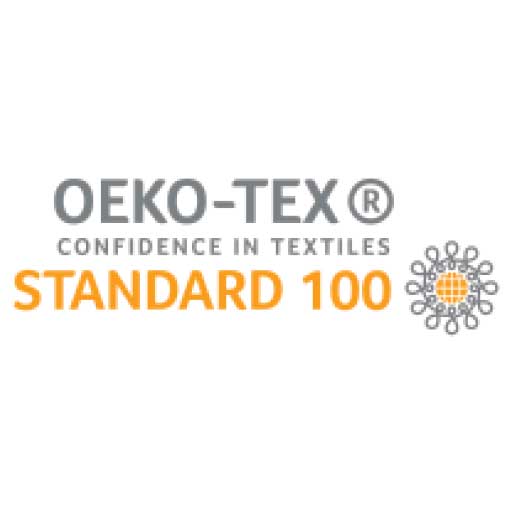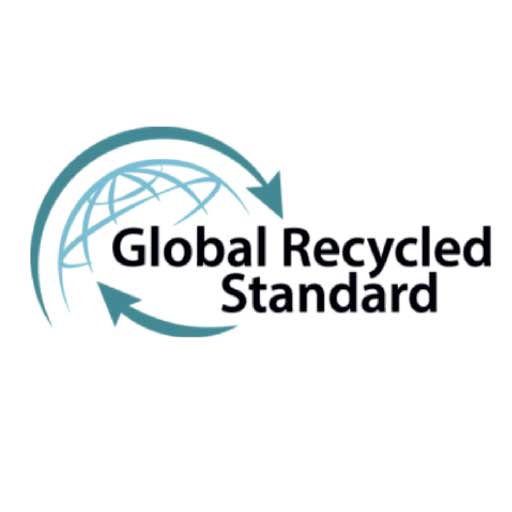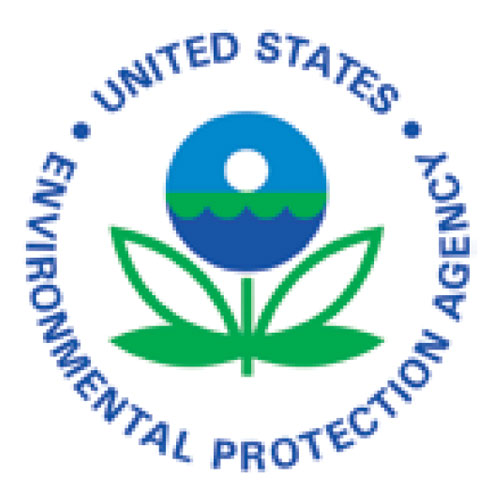Contact
- Saco Green Headquarters
Rm501-2&3, Building8, No.1509
Jiuxing Business Center XinzhenRoad
Minhang District
Shanghai 201101, China
Follow us!

The cultivation methods imparted by Cotton Made in Africa also support smallholder farmers in growing food and thus make an important contribution to food security.
Since 2005, CmiA has been committed to protecting the environment while improving working and living conditions for smallholder farmers and ginnery workers
Aid by Trade Foundation (AbTF) is a Hamburg-based foundation established by Prof. Dr. Michael Otto. It administers the Cotton made in Africa standard with the goal of protecting valuable resources, improving living conditions, and ensuring the viability of future generations through sustainable action.
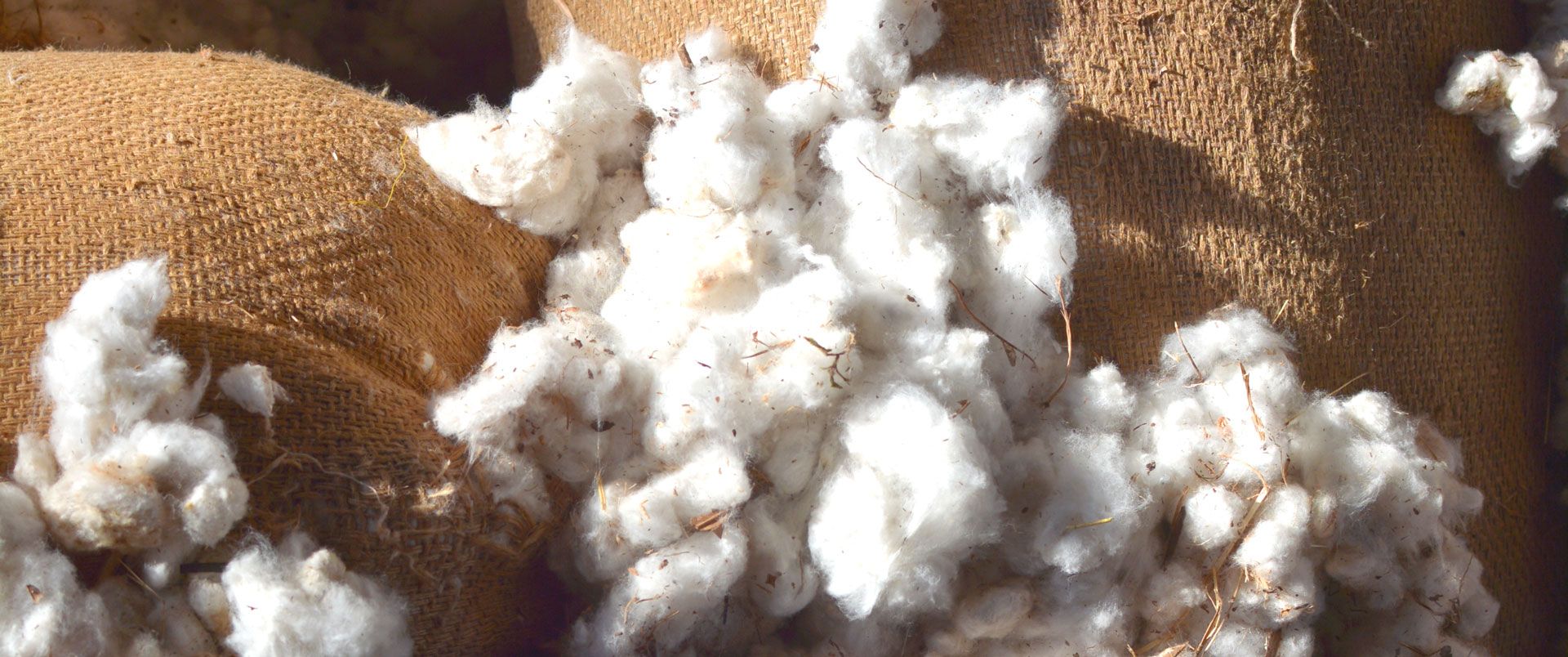
African cotton flourishes under the right conditions with rain-fed cultivation and plenty of sunshine. It has relatively long fibres, that fall into the medium staple length category (1 1/8 inch, about 28.5 mm) suitable for producing yarns that can be used for a range of applications, and which are processed worldwide to supply materials for fashion and home textiles.
African cotton is mostly grown by smallholder farmers and is hand-picked, which ensures its good quality. Cotton made in Africa cotton has time to ripen and is harvested by hand at the right time, before being taken for further processing.
Cotton from Africa has relatively long fibres and is carefully picked by hand. That makes it a high-quality raw material. Pick by hand is more careful and environmentally-sound way, taking only completely mature fibre bolls. Another benefit is that hand picking, unlike machine harvesting, does not use defoliants, so there is less chemical contamination of the cotton.
It is no coincidence that cotton is a popular material for T-shirts, trousers and shirts: cotton feels soft and pleasant on the skin, is breathable, and is absorbent.
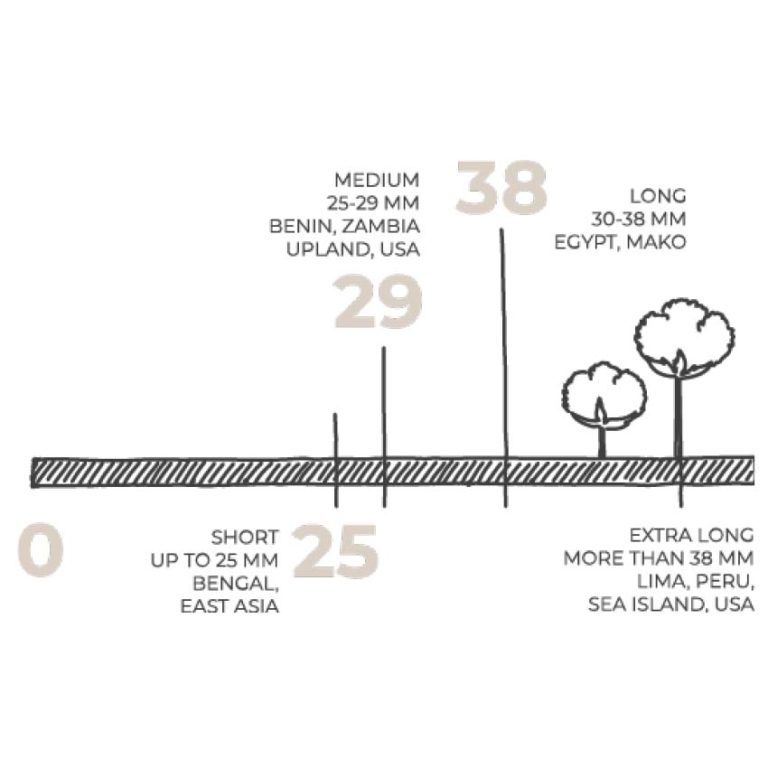
Cotton from Cotton made in Africa is produced by smallholder farmers in Sub-Saharan Africa in accordance with CmiA standard criteria. Specifically, this means that the cotton is grown under rain-fed conditions, cultivated using pesticides and fertilisers in an effective and responsible way, and harvested by hand. Cotton made in Africa has specified the farming methods that are permitted in a list of criteria, with compliance regularly checked as part of a verification process.
In many parts of the world, cotton is grown in large plantations, but in Africa it is almost exclusively cultivated by smallholder farmers using crop rotation. Crop rotation means that the cotton is grown alternately with other crops, such as basic food crops like maize, soy or groundnuts.
That reduces both leaching from the soil and the occurrence of pests. Cotton is often a complementary cash crop: it is cultivated for sale, alongside foods grown for subsistence.
The cultivation methods imparted by Cotton Made in Africa also support smallholder farmers in growing food and thus make an important contribution to food security.
Artificial irrigation, often used in large plantations, is practically unknown in Africa. Smallholder farmers practise rain-fed cultivation, in other words they rely on natural rainfall being sufficient to water the crops. The wet and dry phases in agricultural parts of Africa suit the cotton plant. In its growth phases, cotton is highly sensitive to excess moisture: In the first phase of sprouting and growth, the cotton plant needs moist soil, whereas in the ripening phase too much moisture damages the quality of the fibres. All available rainwater has to be used efficiently, especially in drier parts of Africa. That requires the balanced use of fertiliser or mulching, whereby the soil between the cotton plants is covered with organic material, such as leaves, to reduce the loss of moisture through evaporation.
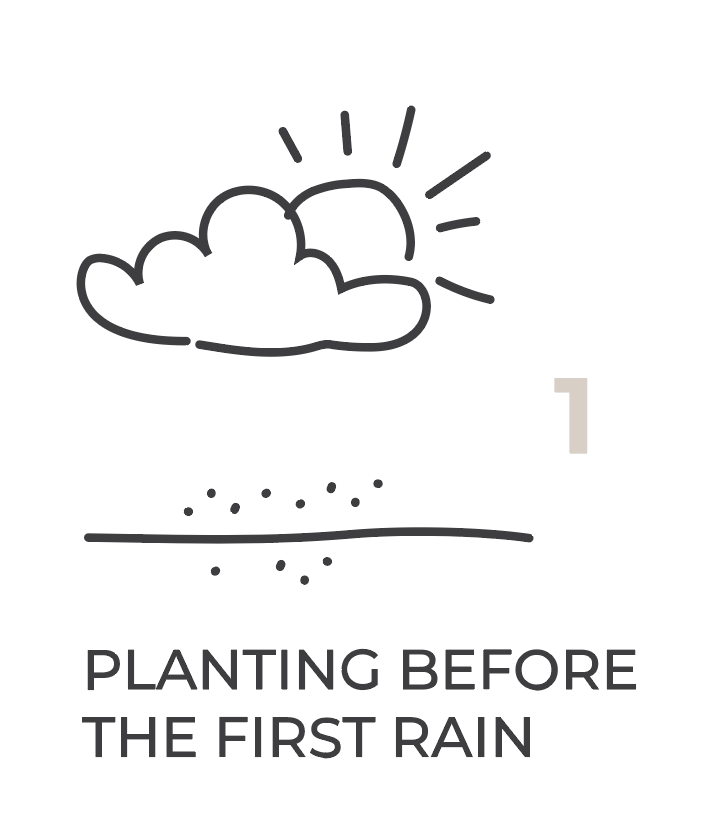
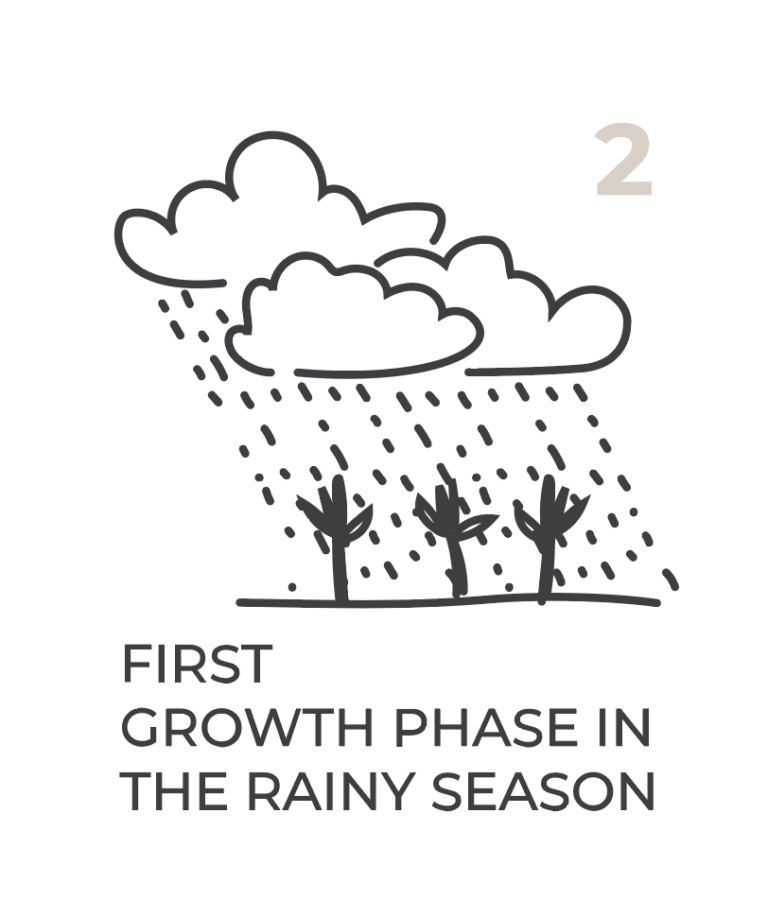
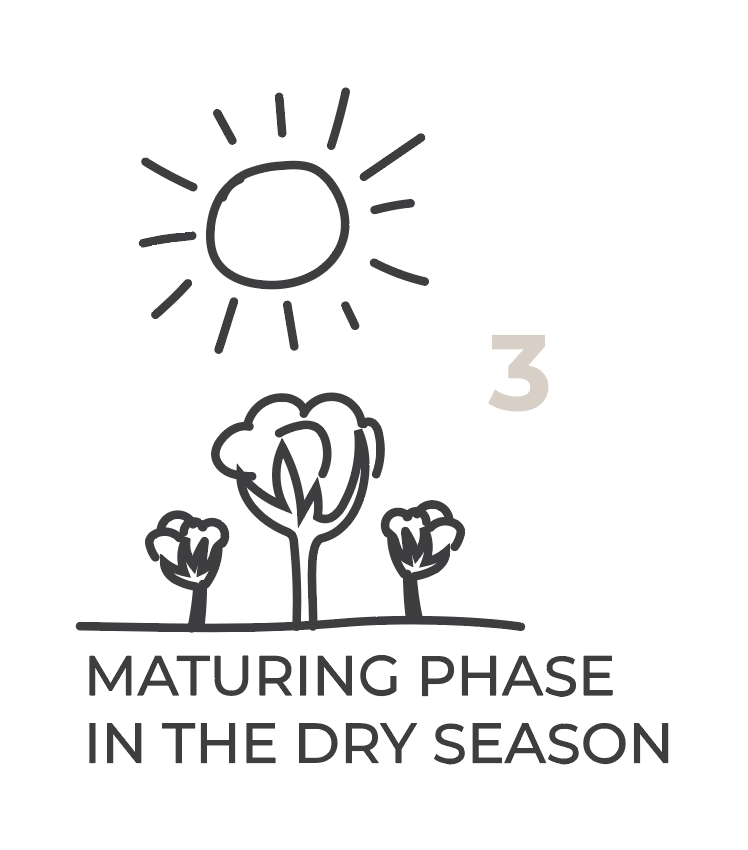
Cotton pests show increasing resistance to the pesticides used. Part of the global cotton industry sees genetically modified cotton, that protects itself against some pests with its own insecticide, as a solution to this problem.
Currently, however, the only places in Sub-Saharan Africa where genetically modified cotton is grown by smallholder farmers are in South Africa, Sudan, and Burkina Faso. Cotton made in Africa has made a commitment not to allow the cultivation of genetically modified cotton under the initiative. The use of genetically modified seeds is part of the exclusion criteria (Exclusion Criteria No. 14) of Cotton made in Africa standard.
